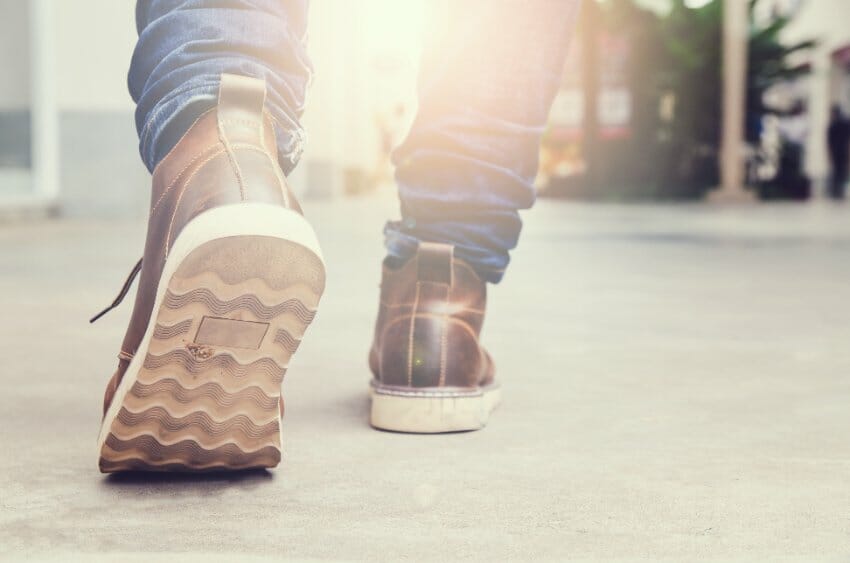A long-neglected stretch of McDowell Road in central Phoenix could one day be transformed with shade trees, enhanced lighting, colorful crosswalks and murals.
Representatives from the City of Phoenix Street Transportation Department met with the public Tuesday night to discuss the McDowell Road Revitalization Project to bring safety and aesthetic improvements to a section of the road from Seventh Street to State Route 51.
“We’re here to seek out what the community envisions to foster this sense of place, with the primary focus on pedestrian safety,” project manager Brandy Ruark said.
McDowell Road is a six-lane roadway that serves as an exit and entrance to state Route 51. It also serves as a detour route to Interstate 10 in emergency situations.
READ ALSO: Ranking Arizona: Top 10 best places to live for 2022
READ ALSO: Phoenix ranks as No. 6 most desirable city in America
“McDowell has importance to the local community due to its history and vibrant nature, in addition to a large commercial network of diverse and active local businesses,” Ruark said. “McDowell also provides access to a major hospital and serves as an incident management route.”
Because McDowell Road is a major roadway, the department said traffic lanes will not be changed through this project. However, they are looking at minimal changes that enhance the overall efficiency of the area.
Department officials pointed out current constraints on the road: property lines with parking too close to the roadway, frequent driveways that cut across sidewalks, minimal building setbacks, high traffic volumes and driver behavior not compatible with safe biking and walking.
They also proposed ideas that could be implemented on the road and the surrounding area.
“Potential updates for new features include structural shade, median islands, bike parking, bench seating areas and pedestrian-scale lighting,” Ruark said.
Carl Langford, a traffic engineering supervisor with the department, said a top priority will be to upgrade traffic signals so that there is better timing synced to cars on that section of McDowell Road.
“In general, research shows that that improves red light running,” he said.
By identifying the area’s problems and proposing new examples, the department hopes to encourage more ideas from the community. They are heavily relying on public input through meetings and their survey.
“This survey includes an opportunity to list other innovative ideas you may have,” Ruark said.
According to the Phoenix Street Transportation Department director Kini Knudson, about 140 people registered to attend the virtual meeting and about 43 people requested to speak.
He said this is the first of three meetings that the department will have throughout the next year as they go through this pre-design phase.
Many community members who spoke gave suggestions on what would enhance safety and aesthetics in their eyes. Ideas included building bike racks, turning bus stops and street furniture into public art opportunities, incorporating features for people with visual or hearing impairments, and maintaining wide and well-shaded sidewalks.
However, one community member had concerns about the actual goals of the project.
“It seems like most of the things we’re hearing are cosmetic and the priority here is still to maintain this as a six lane corridor, which puts traffic first as opposed to pedestrians,” he said. “Seems like our priorities are a little upside down here.”
With high community engagement in their first meeting, the department gathered an array of feedback and ideas to further the early planning stages of the revitalization project. According to the City of Phoenix website, they are aiming to complete this phase by May 2023. They have not yet determined a construction year.
Knudson said the department has not identified funding for the design and construction phases.
However, Ruark said the Street Transportation Department won a grant from the Maricopa Association of Governments to fund the current planning phase after emphasizing the significance of the road to the region.
“The area includes an array of ethnic restaurants and markets and is becoming a hub for immigrant and refugee entrepreneurship,” she said.




